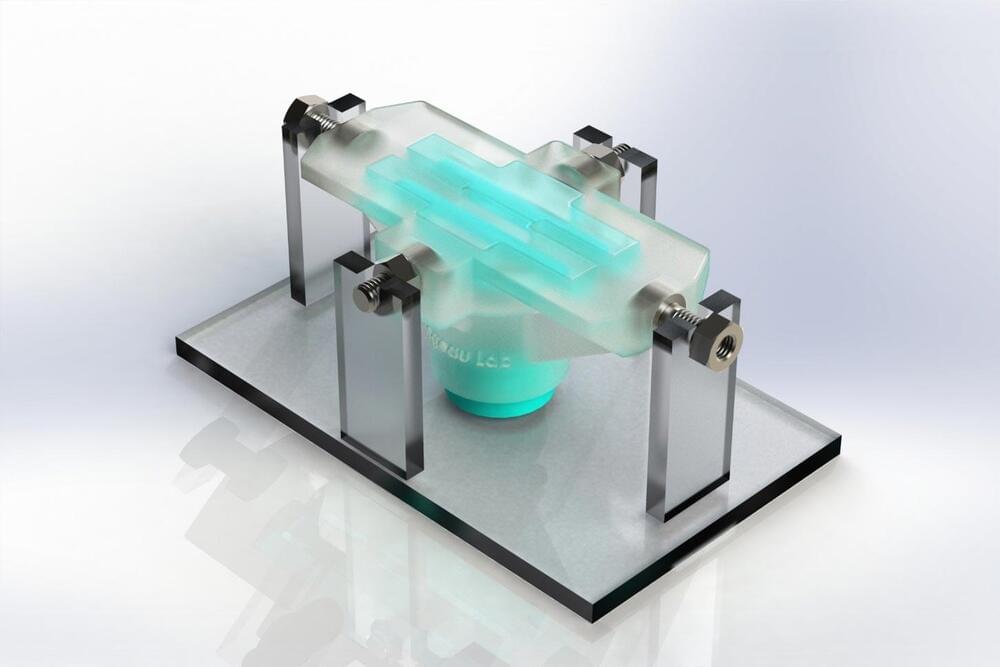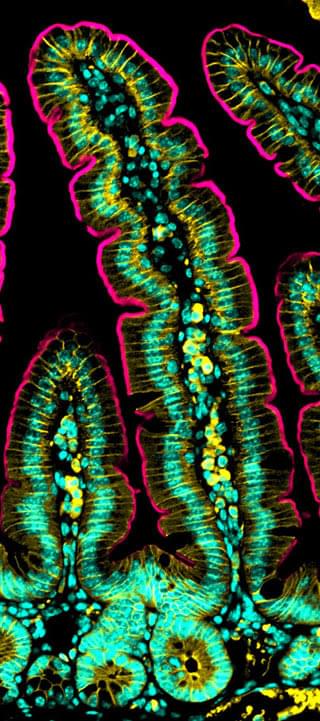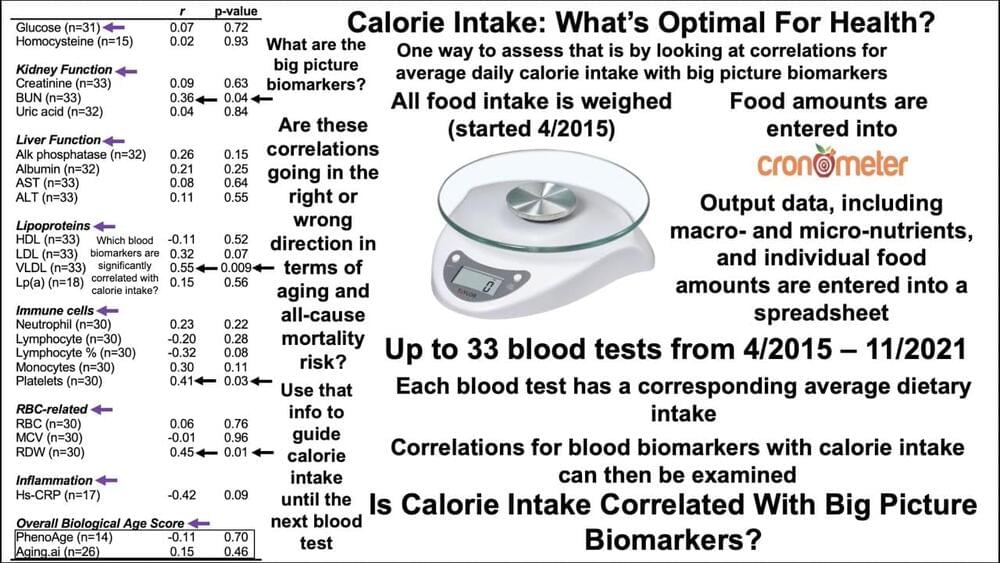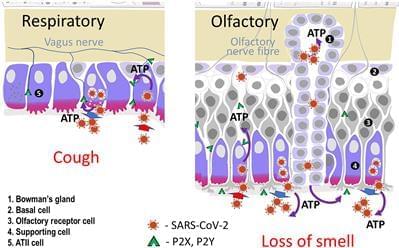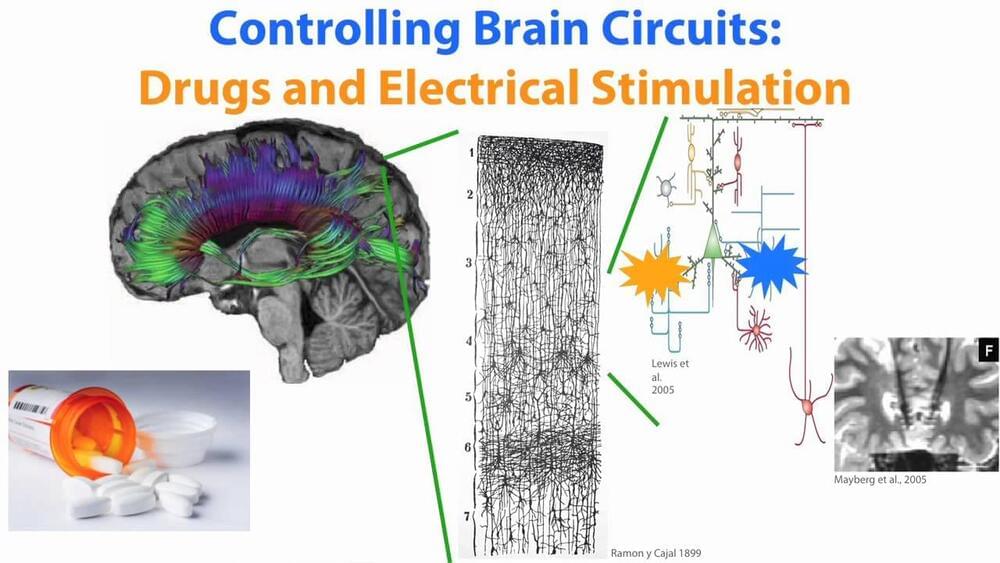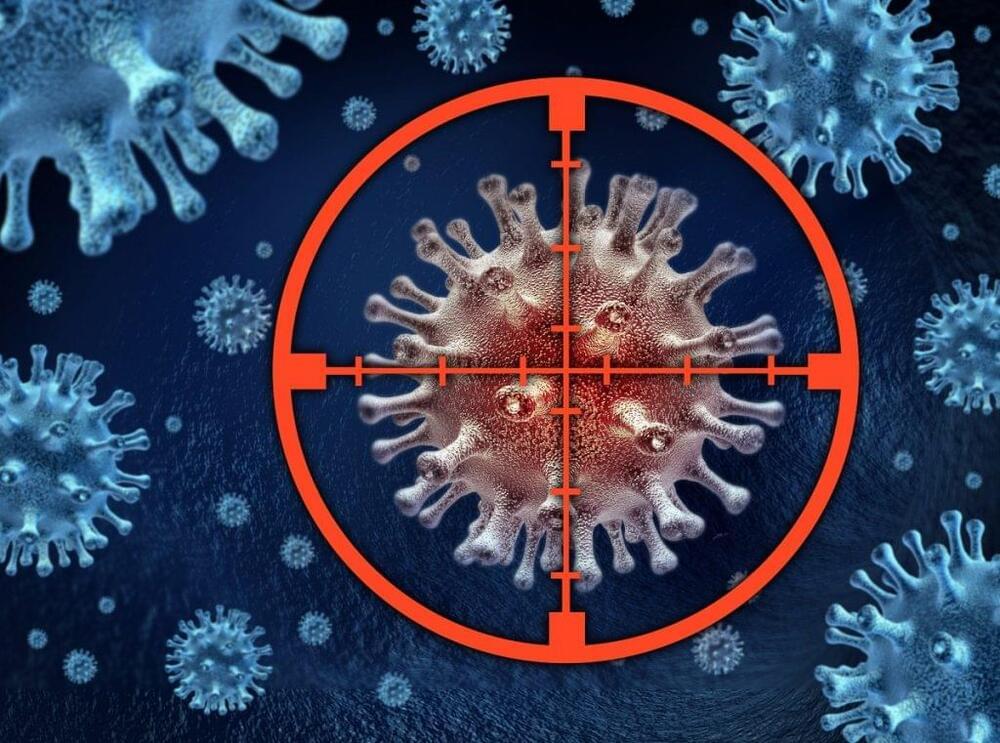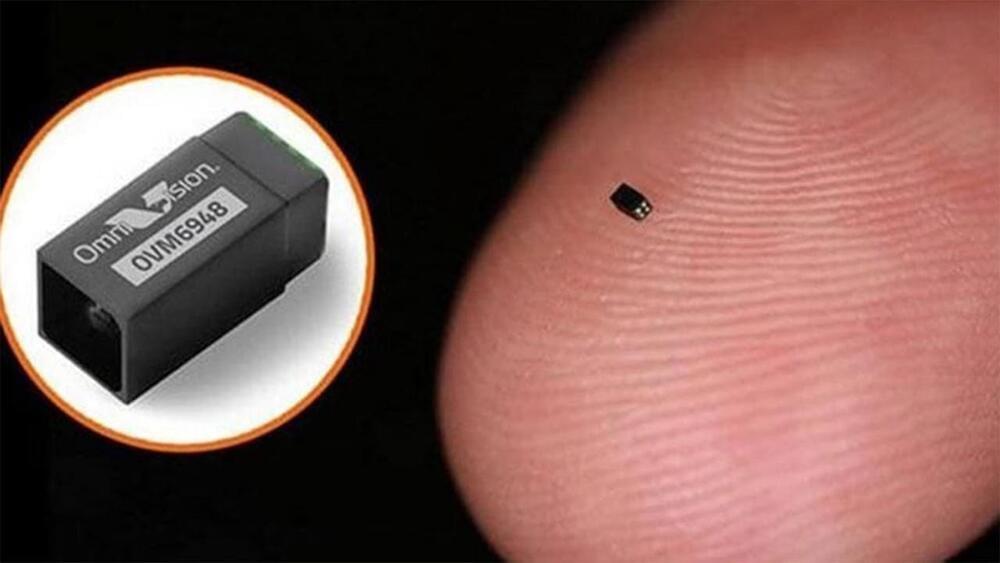Dec 4, 2021
New Synthetic Biomaterial Can Repair Hearts, Muscles, and Vocal Cords
Posted by Saúl Morales Rodriguéz in categories: biotech/medical, chemistry, engineering, life extension
Combining knowledge of chemistry, physics, biology, and engineering, scientists from McGill University develop a biomaterial tough enough to repair the heart, muscles, and vocal cords, representing a major advance in regenerative medicine.
“People recovering from heart damage often face a long and tricky journey. Healing is challenging because of the constant movement tissues must withstand as the heart beats. The same is true for vocal cords. Until now there was no injectable material strong enough for the job,” says Guangyu Bao, a PhD candidate in the Department of Mechanical Engineering at McGill University.
